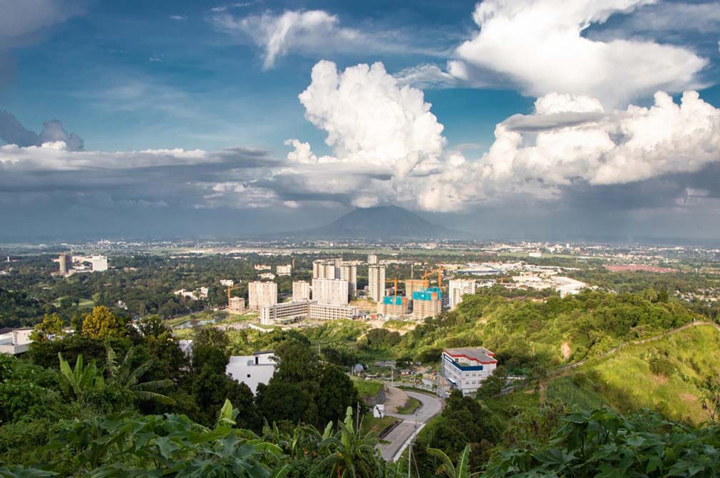Clark builds more space and infrastructure
By Rizal Raoul Reyes | Business Mirror | August 3, 2021
“All roads lead to Clark. Improved infrastructure is being put in place to make it more accessible now—major highways such as the North Luzon Expressway and Metro Manila Skyway Stage 3, the Clark International Airport, and soon, the North-South Commuter Railway.” — Ian Perez, JLL Philippines director for capital market

An overview of Clark economic zone (Image courtesy of Getty Image)
THE former home of the United States Air Force (USAF) in Pampanga is transforming into a premier business district, according to a major real estate and investment management firm.
Metro Clark offers an attractive prospect to local and foreign investors and occupiers as a good alternative to Metro Manila, with its existing developments and improved infrastructure that are soon to be completed, according to real-estate services and consultancy firm JLL Philippines.
“All roads lead to Clark. Improved infrastructure is being put in place to make it more accessible now—major highways such as the North Luzon Expressway and Metro Manila Skyway Stage 3, the Clark International Airport, and soon, the North-South Commuter Railway,” said Ian Perez, JLL Philippines’ director for Capital Market during the company’s recent thought leadership event.
Perez said Metro Clark’s proximity to Metro Manila (about 80 kilometers or a 45-minute car drive) makes living in Metro Clark and working in Metro Manila’s central district and vice versa more viable.
He pointed out that Metro Clark can fill in the needs of decentralization among businesses which quickened during the pandemic. Following the “hub-and-club model” where occupiers will maintain a head office (club) for social activities such as client meetings and town halls, and expand through satellite offices (hubs), which may be closer to where employees reside.
He said Metro Clark has the necessary amenities and facilities to support businesses for their expansion, adding that it has a diverse availability of supply for office, retail, residential, and logistics and industrial offerings.
JLL forecasts an additional office supply of at least 280,000 sq m starting the first quarter of next year, and there is an existing dedicated 700 hectares of land across Metro Clark for industrial purposes.
“Offshoring and outsourcing firms, on top of traditional offices, remain to be one of the key drivers for the demand in office spaces in Metro Clark,” said Perez. “We expect rents to remain steady until the end of the year and slightly dip as new supply becomes available in the market starting in 2021.”
“Depending on the quality, size and site of a building, locating offices in Metro Clark has cost-saving benefits such as lower rent, labor, utilities, and other operational costs,” he said.
The logistics and industrial sector is also driving demand for space, particularly on the last-mile delivery, due to the booming e-commerce.
“The more we shop online, the need for additional warehouse space increases, particularly from e-commerce companies. And with the Skyway 3 already in place, logistics hubs in the Clark area are strategically located to support distribution operations in all of Metro Manila’s 16 cities and one municipality,” said P. Ryan Isip, JLL Philippines’ head of Capital Markets.
“As Clark builds more space and infrastructure development comes into full swing, more companies will move and expand to Clark and northern Luzon,” Joey Radovan, vice president, Country Firm Management, JLL Philippines said.
Source: Business Mirror
